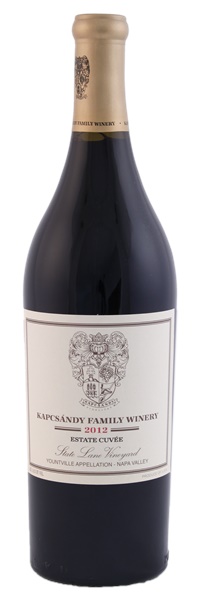Removed from a subterranean, temperature and humidity controlled residential cellar; Purchased at retail
Removed from a subterranean, temperature and humidity controlled residential cellar; Purchased at retail

Image above is an example. To view the image of the lot, click the item number.
Estimate
...shows beautiful floral notes along with hints of earth, chocolate, espresso, licorice and blackcurrants. It is elegant, medium to full-bodied, with impressive purity, texture and length...
Dark spices, rose petal and mint are some of the many notes that are laced into the super-expressive, resonant finish.
Pure and focused on extracted currant, crushed rock, espresso, plum and wild berry. The tannins are firm and gripping.
Crushed blackcurrant, mint, wild herbs and rose petal on the nose and in the mouth.